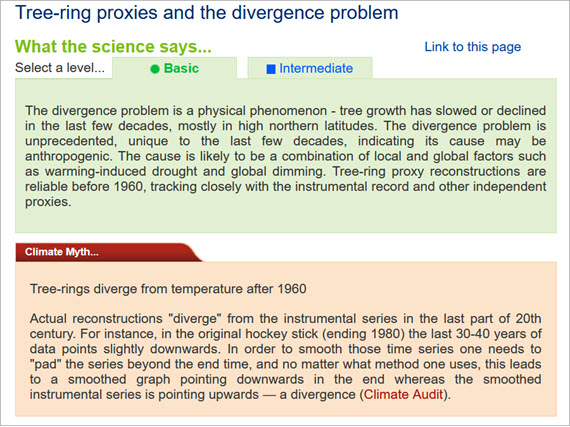JCM, Vol. 13, Pages 651: Using Upper Arm Vein as Temporary Pacemaker Access Site: A Next Step in Minimizing the Invasiveness of Transcatheter Aortic Valve Replacement
Journal of Clinical Medicine doi: 10.3390/jcm13030651
Authors: Maxim J. P. Rooijakkers Geert A. A. Versteeg Marleen H. van Wely Laura Rodwell Lokien X. van Nunen Robert Jan van Geuns Leen A. F. M. van Garsse Guillaume S. C. Geuzebroek Michel W. A. Verkroost Robin H. Heijmen Niels van Royen
Background The femoral vein is commonly used as a pacemaker access site during transcatheter aortic valve replacement (TAVR). Using an upper arm vein as an alternative access site potentially causes fewer bleeding complications and shorter time to mobilization. We aimed to assess the safety and efficacy of an upper arm vein as a temporary pacemaker access site during TAVR. Methods We evaluated all patients undergoing TAVR in our center between January 2020 and January 2023. Upper arm, femoral, and jugular vein pacemaker access was used in 255 (45.8%), 191 (34.3%), and 111 (19.9%) patients, respectively. Clinical outcomes were analyzed according to pacemaker access in the overall population and in a propensity-matched population involving 165 upper arm and 165 femoral vein patients. Primary endpoint was Bleeding Academic Research Consortium (BARC) type 2, 3, or 5 pacemaker access site-related bleeding. Results In the overall population, primary endpoint was lowest for upper arm, followed by femoral and jugular vein access (2.4% vs. 5.8% vs. 10.8%, p = 0.003). Time to mobilization was significantly longer (p < 0.001) in the jugular cohort compared with the other cohorts. In the propensity-matched cohort, primary endpoint showed a trend toward lower occurrence in the upper arm compared with the femoral cohort (2.4% vs. 6.1%, p = 0.10). Time to mobilization was significantly shorter (480 vs. 1140 min, p < 0.001) in the upper arm cohort, with a comparable skin-to-skin time (83 vs. 85 min, p = 0.75). Cross-over from upper arm pacemaker access was required in 17 patients (6.3% of attempted cases via an upper arm vein). Conclusions Using an upper arm vein as a temporary pacemaker access site is safe and feasible. Its use might be associated with fewer bleeding complications and shorter time to mobilization compared with the femoral vein.

 3 months ago
17
3 months ago
17

